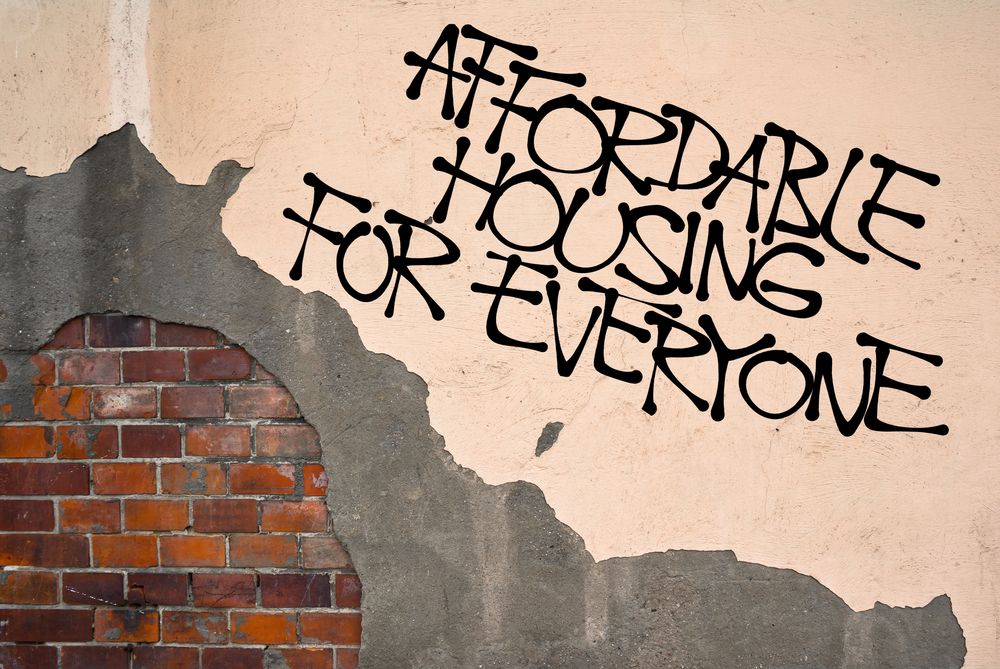Mayor Bill de Blasio has made it one of his administration’s missions to increase affordable housing in New York City. As such, since the inception of his Housing New York plan in 2014, the city has managed to build or to preserve 87,557 affordable housing units in all five boroughs. With a goal to add 300,000 affordable units to the city by 2026, the city has set a good pace to achieve this goal. Still, questions remain as to whether or not these units are truly affordable and if they are reaching the people they are meant to help.
Defining “Affordability”
When it comes to affordable housing in NYC, the city specifies income ranges in the following categories:
- Extremely Low
- Very Low
- Low
- Moderate
- Middle Income
These categories determine who can apply to live in certain affordable apartments while also determining the amount of rent they will have to pay. These ranges are also affected by the size of your household. For example, a family of three applying for a moderate-income unit can earn between $65,250 and $97,920, while a family of five must earn between $78,300 and $117,480.
Assessing Affordability
While the guidelines established for defining “affordability” may work for some parts of the city, recent research has found that other parts of the city fail to offer local affordability when using these guidelines. When considering the median income for community districts, 30 percent of units throughout the city are not affordable to two-person households. In addition, 24 percent are not affordable to three-person homes, while 25 percent are not affordable to four-person homes and 28 percent are not affordable to five-person homes. When it comes to one-person households, 62 percent of units were found to be unaffordable.
While the city does make income adjustments according to family size, the study found that these adjustments do not seem to go far enough to handle the gap. Furthermore, the prices of some affordable units are so high that only a narrow margin of households can live there.
The Far Rockaway complex of Sand Castle, for example, boasts affordable studio through two-bedroom units requiring residents to earn between $76,201 and $104,775 in order to be eligible. Meanwhile, the median income for a one-person household within the district is $25,580 per year. As such, a person living in the district needs to earn roughly three times the typical annual salary in order to qualify for one of these “affordable” units.
While larger households seem to fair somewhat better, the study finds that there ay still be a shortage of affordable options for these households. While 50.3 percent of the units labeled as affordable are studio or one-bedroom units, only 12 percent are three-bedroom are larger. Furthermore, only 15 percent of the city’s affordable units are designated to serve those with an extremely low income. Yet, approximately 81 percent of the units are located in low-income communities.
For these reasons, housing activists have criticized the Housing New York plan for failing to create homes for those who need them the most. To better serve low-income residents, critics maintain the city should offer tax breaks, subsidies and public land to create permanent housing for residents earing below the Area Median Income.

